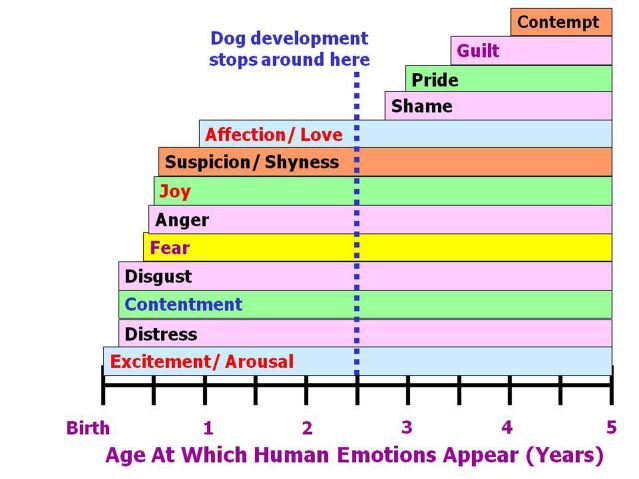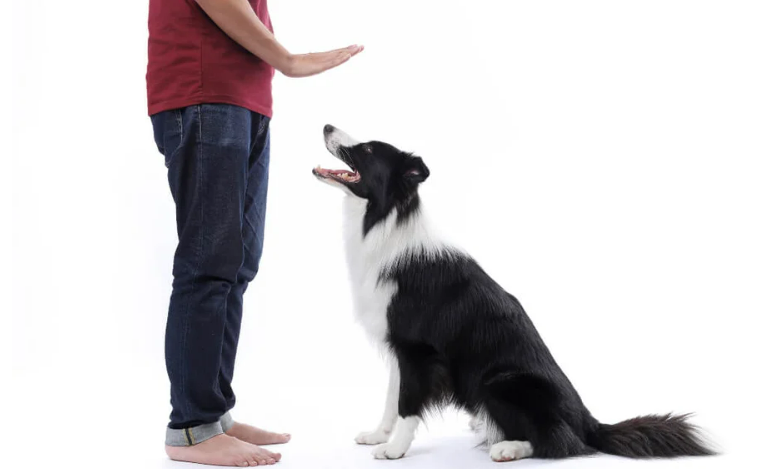Another behavioural issue that is common in dogs is barking. We have already discussed that barking is a form of communication for dogs, but sometimes this barking can become excessive and troublesome. Though barking does have its purpose in the life of a dog, it can quickly become a problem. You know from the previous modules that each type of bark has a function for the dog and if they are rewarded for these barks, i.e. giving them what they want, it will only get worse. Many dog owners can tell what type of bark it is and determining why the dog is barking is the key to stopping, or at least decreasing, the behaviour. Bear in mind that there are certain breeds that bark more than other breeds, which we discussed in previous modules – and it can be more difficult to tame the barking in these dogs.
How to Fix Excessive Barking in Dogs?
The first thing that one must do when dealing with excessive barking, is to determine why the dog is barking.
An easy way to do this is to ask the following questions:-
-
- Where and when does the dog bark?
-
- What or who is the dog barking at?
-
- Is there a specific sound, object, person, or animal that triggers the barking?
-
- Why does the dog bark?
Depending on the type of barking, there are different ways that one can handle it. One can also use the same methods, to alleviate howling.
Territorial or Alarm Barking
Treating territorial or alarm barking is done relatively the same – and the goal is to block the dog from seeing or experiencing anyone, or anything, in their territory. Obscuring the view that the dog has of the outside world can help, such as using opaque fencing. Crate training can also help with this type of barking and dogs can be trained to go to their crate, when visitors arrive. “Quiet” training is another thing that might work well for this type of barking. To do this, allow the dog to bark until you or someone else says “Quiet.” Do not shout, just use a calm and clear command. Simply feed small, pea-sized treats to distract the dog, whilst using the command “Quiet”.
Greeting Barking
Greeting barking is also an issue, for some. This is a ‘positive’ bark, which the dog uses to greet people. You can tell that it is a greeting bark, by looking at the body language of the dog. If the dog is showing friendly body language, one can assume this is a friendly bark.
Here are some ways to alleviate this type of barking:
-
- Keep greetings calm and as low key as possible. Train the dog to sit, when people come to the door.
-
- If the dog likes playing with toys, keep his or her toys near the entrance of the home and offer the toys, when people arrive.
-
- When walking the dog, distract them with tiny treats, when walking past people, making sure to praise the dog when it does not bark.
-
- Putting a head halter on the dog when out walking, can also distract the dog. As always, reward the dog when it passes people without barking.
Attention Seeking Barking
Another type of barking is attention seeking barking. This is when a dog barks at us, to let us know he or she requires something. Some people like attention seeking barking, such as when the dog barks when it needs to go outside to relieve itself. In other cases, however, such as when the dog barks to receive a treat, this can become a bad pattern. The trick to fixing this is to stop rewarding the dog for barking. Though it sounds simple, this is much more difficult than it might seem, as dogs see all types of interactions as rewards. Even making eye contact with the dog is seen as a reward, for many animals. Experts recommend looking at the ceiling, walking out of the room, or turning away from the dog, as soon as it begins to bark for attention. As soon as the dog stops barking, then praise the dog.
Compulsive Barking
Dogs will sometimes become compulsive barkers. This is when they bark, when in situations that are not typical. Others simply bark repetitively, for a long time. Generally, these dogs bark at things that other dogs don’t, such as shadows, mirrors, lights, the sky, or doors. These dogs also often engage in repetitive behaviours when barking compulsively, such as circling, spinning, or jumping.





